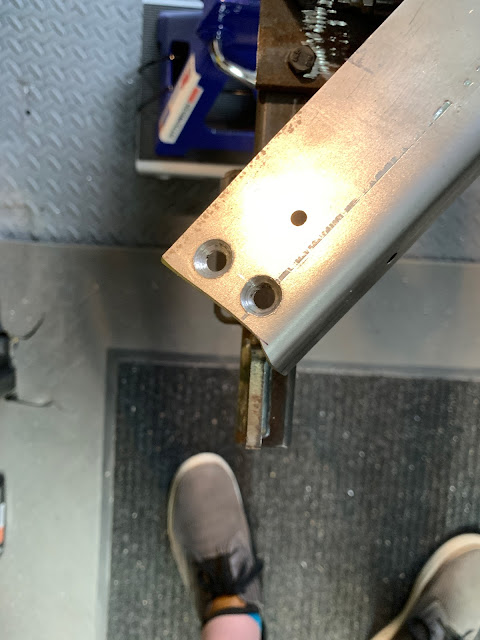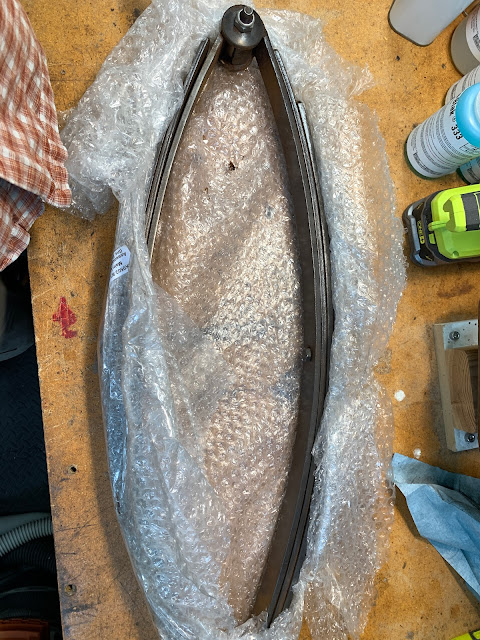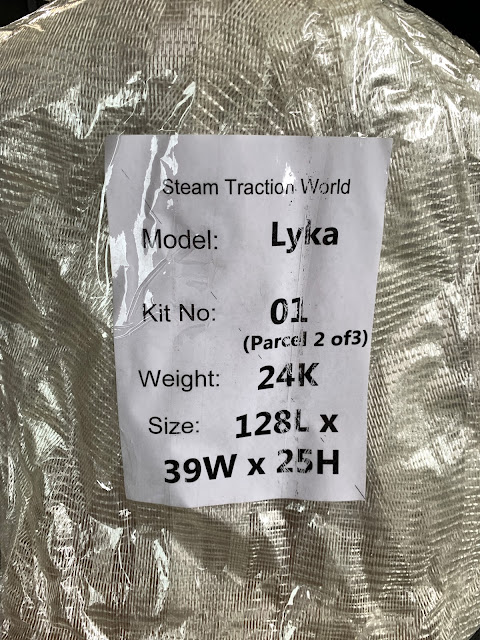Here we go.
The Chassis Frame
Brought out the jack stands - now on small wheeled platforms. I have added the soft rubber tops to keep from marring the finish. I used large rubber bands from a "long ago" exercise regimen to hold things in place.
Use the stands to hold the front and rear axles. Added the tubes between them, and then the shorter members. It all gets tightened up by using "clamping plates" - you have to watch out to avoid the wrong plate on the wrong tube, but everything matched up and came together.
As one of my predecessors, Grier (see his blog), commented, STW leaves out the washers on most of their bolts, studs, etc. I will be adding these as we go along. I agree with most that using washers helps keep things from being marred when tightening it all up.
I took a moment to run a bolt into each threaded hole to make sure it was clear for future use.Steering
I ran into the first (of many to come) "Gee - I wonder what the measurement should be" - minor dilemmas when it came to the steering system.
STW gives you "ISO" drawings, where most all parts are called out. So far I have only found 1 missing. However being an engineer (albeit Electrical) I am mildly aggravated by a lack of dimensions. For example - how far below the brackets should the Steering Tube protrude?
The Steering Shaft, goes thru the tube via Oilite Bushings and a short arm is attached to the shaft at the bottom. This will drive the steering linkages (Next Kit) so it is of minor concern to put it a the right level in order to avoid having to come back at adjust later. Especially since the clamping action will grab the finish and moving things will leave marks.
The ISO drawing just gives a relative position, and shows the arm up close to the bracket. So keeping STW's philosophy of "flexibility" in mind, I made a reasonable guess and locked things down.
ATTITUDE CHECK - This is a puzzle as well as a project. The puzzle keeps it interesting, the project gives the final result and satisfaction is attained throughout the process. (My mantra for this effort)
So here is where I finished up, I needed to paint some smaller pieces before moving to the next kit.
I think I will need to widen my work area a little once the wheels are on.
More to come,
Thanks for visiting,






































